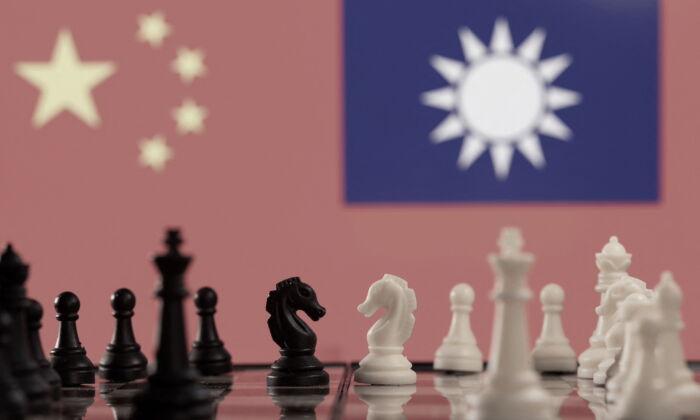Each U.S. administration reviews all documents made by the previous administration. The Taiwan fact sheet was out-of-date, and the Biden administration’s DOS updated it.
“The United States and Taiwan enjoy a robust unofficial relationship. The 1979 U.S.-P.R.C. Joint Communique switched diplomatic recognition from Taipei to Beijing. In the Joint Communique, the United States recognized the Government of the People’s Republic of China as the sole legal government of China, acknowledging the Chinese position that there is but one China and Taiwan is part of China. The Joint Communique also stated that the people of the United States will maintain cultural, commercial, and other unofficial relations with the people of Taiwan. The American Institute in Taiwan (AIT) is responsible for implementing U.S. policy toward Taiwan.
“The United States does not support Taiwan independence. Maintaining strong, unofficial relations with Taiwan is a major U.S. goal, in line with the U.S. desire to further peace and stability in Asia. The 1979 Taiwan Relations Act provides the legal basis for the unofficial relationship between the United States and Taiwan, and enshrines the U.S. commitment to assist Taiwan in maintaining its defensive capability. The United States insists on the peaceful resolution of cross-Strait differences, opposes unilateral changes to the status quo by either side, and encourages both sides to continue their constructive dialogue on the basis of dignity and respect.”

“As a leading democracy and a technological powerhouse, Taiwan is a key U.S. partner in the Indo-Pacific. The United States and Taiwan share similar values, deep commercial and economic links, and strong people-to-people ties, which form the bedrock of our friendship and serve as the impetus for expanding U.S. engagement with Taiwan. Through the American Institute in Taiwan (AIT), a non-governmental organization mandated by the Taiwan Relations Act to carry out the United States’ unofficial relations with Taiwan, our cooperation with Taiwan continues to expand. Taiwan has become an important U.S. partner in trade and investment, health, semiconductor and other critical supply chains, investment screening, science and technology, education, and advancing democratic values.
What Were the Updates?
The older fact sheet discussed the CCP and the CCP’s view of Taiwan: “The 1979 U.S.-P.R.C. Joint Communique switched diplomatic recognition from Taipei to Beijing. In the Joint Communique, the United States recognized the Government of the People’s Republic of China as the sole legal government of China, acknowledging the Chinese position that there is but one China and Taiwan is part of China.”Why would the DOS publish the CCP’s view of Taiwan?
Did the DOS change any of the key references to U.S. policy on Taiwan?
No. The DOS streamlined the new document and mentions all the U.S.-Republic of China (Taiwan) agreements: “The United States has a longstanding one China policy, which is guided by the Taiwan Relations Act, the three U.S.-China Joint Communiques, and the Six Assurances.”
What else did the CCP’s foreign ministry complain about?
During the daily foreign ministry briefing, a reporter asked the spokesperson about the dropped references to “Taiwan is part of China” and “The United States does not support ‘Taiwan independence.’”
Zhao finished his answer by restating what the United States agrees to (“the one-China principle and the three Sino-U.S. joint communiques, abide by the political commitments made to China on the Taiwan issue”), added the document should declare the “U.S. does not support ‘Taiwan independence,’” and reminded the audience that President Joe Biden said the United States does not support Taiwan independence.
Using extreme hyperbole, the spokesperson concluded his answer to the question with more threats. In effect, he is the mouthpiece expressing disappointment that the United States is not repeating the CCP propaganda.
In honor of Chairman Xi Jinping’s least favorite cartoon figure, this famous quote from the famous and immortal Winnie the Pooh is an appropriate expression of the tizzy between the CCP and the United States over the Taiwan fact sheets: “Oh, bother.”





